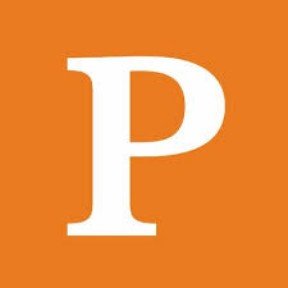Disabilities Awareness Month
Photo by Mōhailani Peloso
Taking Up Space & Action on Campus and Beyond
October is Disability Awareness Month—a dedicated time to reflect on the experiences and challenges faced by individuals with disabilities in our community and beyond. While most of us often move through life without thinking twice about the ease of taking notes, focusing in class, or walking through campus buildings, these everyday actions can present real obstacles for many of us. Disability is a part of life for a significant portion of the population, affecting people of all ages, backgrounds, and walks of life. This month, we are challenging ourselves to look beyond assumptions and foster a more inclusive environment. Imagine if everyday tasks were not always possible—how would you want to be seen and supported?
According to the World Health Organization (WHO), 15-16% of people worldwide lived with a significant disability in 2022, representing approximately 1.3 billion individuals. In 2025, the CDC reported that more than 1 in 4 adults are disabled in the United States, making this the largest minority group in the country. Despite these numbers, people with disabilities remain underrepresented and often face barriers to full participation on college campuses—including in academic programs, student organizations, campus leadership, and extracurricular activities. This underrepresentation and lack of accessibility affect not only professional pathways in fields like business, law, medicine, the arts, public service, and STEM, but also the overall campus experience for disabled students.
At our university, this wide range of issues is reflected on our own campus. The Student Alliance for Disabilities (SAFD), working alongside the office of Services for Students with Disabilities’ director Danny Nuss and staff Morgan Northcutt and Courtney Dumas, leads efforts to improve accessibility through education, club meetings, awareness campaigns, and collaboration. Despite available resources, obstacles and difficulties still remain—from navigating the lengthy accommodation process, to getting around older buildings or even accessing necessary class materials like lectures or subtitling. By participating in both broader initiatives and smaller, day-to-day tasks, and consciously reflecting on what you can do to help those you know here on campus and abroad, we can all contribute to a more equitable, accessible and welcoming community.
This semester, SAFD is hoping to give support not just to students here at Pacific, but people with disabilities worldwide. In the spirit of community, healing, and equity, SAFD, alongside the Muslim Student Association and Students for Justice in Palestine will be raising money to support those with disabilities abroad. Through charitable giving with organizations like CBR Palestine and HEAL Palestine, they are hoping to not only provide financial support, but also provide community to those who may feel forgotten and their disability status ignored. This month, and further, year-round, commit to offering your support, starting conversations, offering encouragement, and creating a welcoming environment—simple changes in mindset and action can foster true inclusion on our campus.
Further, during the month of October, SAFD will be sharing stories weekly of those in the Pacific community who live with a disability, aiming to spread awareness, uplift and empower those living with disabilities, and to educate the broader population who may not interact with or understand these individuals' perspectives and experiences. Events and opportunities like these enable the entire community to learn, reflect, uplift and support all voices on campus.
Every semester, SAFD intends to create a community of kindness that welcomes all experiences and perspectives on living with a disability of any type–Visible, Invisible, Physical, Mental or otherwise. On SAFD’s linktree (linktr.ee/safdclub) you can find any and all information regarding upcoming events and ways you can work alongside them this semester, join them in giving, connecting, understanding, and spreading love to our wonderful community worldwide.

